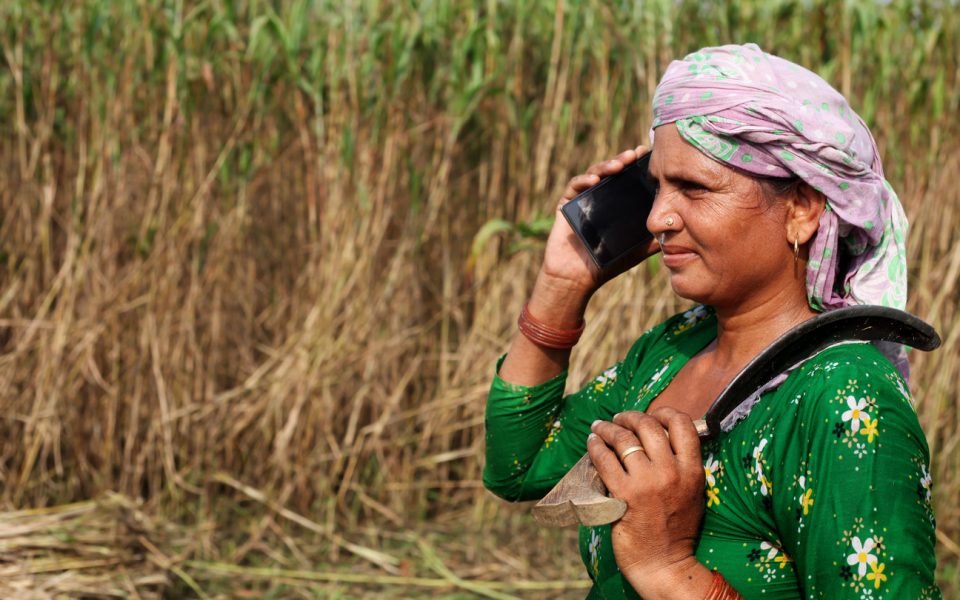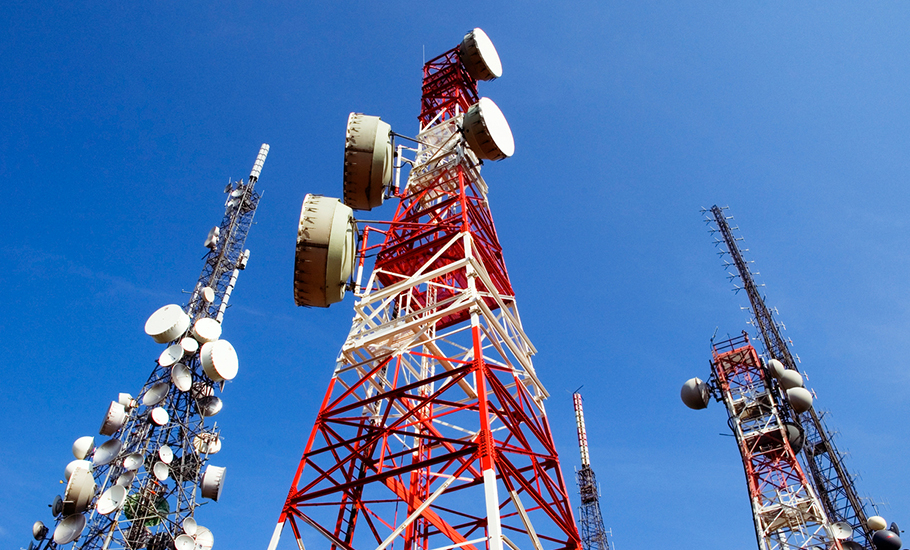
India has 115 cr mobile subscribers; 98% population has access to 4G

India has more than 115 crore mobile phone subscribers and nearly 98% of the population is covered with 4G network, the government informed Parliament on Wednesday (April 6).
In a written reply to a question in the Lok Sabha, Minister of State for Communications, Devusinh Chauhan, said there are four telecom service providers including one PSU in the country and there is sufficient competition.
“There has been a consolidation in the telecom sector since 2012. Even after the consolidation, there is sufficient competition in the sector as at least four Telecom Service Providers (TSPs) including one PSU (BSNL/MTNL) are present in each Licensed Service Area (LSA). The country is divided into 22 LSAs,” the minister said.
According to the government, the number of telecom base stations in the country has grown from 6,49,834 (as of 31 March 2014) to 23,25,948 (as of 28 February 2022).
“At present, the mobile networks in India are serving more than 115 crore subscribers (as of 31 December 2021). Nearly 98% of the population is covered with 4G network. Further, there has been a significant reduction in tariffs for voice and data since 2016 which also indicates the presence of adequate competition in the telecom sector,” Chauhan said.
Reforms in telecom sector
The Union Cabinet in its meeting held on 15 September last year had approved the proposal for rationalising definition of Gross Revenue/Adjusted Gross Revenue (AGR), rationalising of interest rates and removal of penalties, rationalising bank guarantees requirements and permitting 100% FDI under automatic route in the telecom sector.
“These reforms are expected to promote healthy competition, infuse liquidity, encourage investment and reduce regulatory burden on Telecom Service Providers (TSPs),” according to Chauhan.
On the installation of mobile towers, the minister said that the government had set up Universal Service Obligation Fund (USOF) for planning and implementing various schemes to set up mobile towers and provide telecommunication services to people in the rural and remote areas of the country.
The Department of Telecommunications (DoT) follows the standards and best practices recommended by relevant international agencies/organisations such as World Health Organization (WHO), International Commission on Non-Ionizing Radiation Protection (ICNIRP), International Advisory Committee (IAC) on Electro Magnetic Field (EMF), International Telecommunication Union (ITU) and various Study Groups under ITU for monitoring global developments in this regard, he said.

“The EMF emission norms in India are 10 times more stringent than that as prescribed by ICNIRP. This obviates the need of having separate norms for different localities,” he informed the Lok Sabha.
Mobile tower radiation and its effect on health
The minister said a panel formed to study the effects of EMF did not find a direct link between exposure to radiofrequency radiation and health.
“An Inter-Ministerial Committee (IMC), set up in 2010 to examine the effect of Electro Magnetic Field (EMF) emission from Base Transceiver Stations (BTSs) and mobile phones, after examining various national and international studies on the environmental and health related concerns due to EMF, had, among other things, indicated that most of the laboratory studies were unable to find a direct link between exposure to radio frequency radiation and health; and the scientific studies as yet have not been able to confirm a cause and effect relationship between radio frequency radiation and health,” Chauhan said.
Further, he stated, also, a committee, constituted by High Court Allahabad including members from IITs of Kharagpur, Kanpur, Delhi, Roorkee, Bombay, and from other scientific institutions of the country including the Indian Council of Medical Research (ICMR) and All India Institute of Medical Science (AIIMS) Delhi, in their report submitted in 2014, has, among other things, noted, “ … On the basis of scientific evidences, studies and reports available, it has been found that there is no conclusive evidence about the stated dangers of EMF radiation from mobile BTS tower…”
The committee has noted that “there are no conclusive evidence to establish any causal link between the effect of EMF radiation from BTS with biological effects described in cell models, animals or humans, and any possible resulting health effects.”
Further, a joint initiative was launched by Science and Engineering Research Board (SERB) under Department of Science & Technology (DST) and DoT, wherein 19 research have been conducted to study the possible impact of EMF exposure from mobile towers and handsets on life – humans, living organisms, flora & fauna and environment. At present, the studies are non-conclusive, the minister said.


